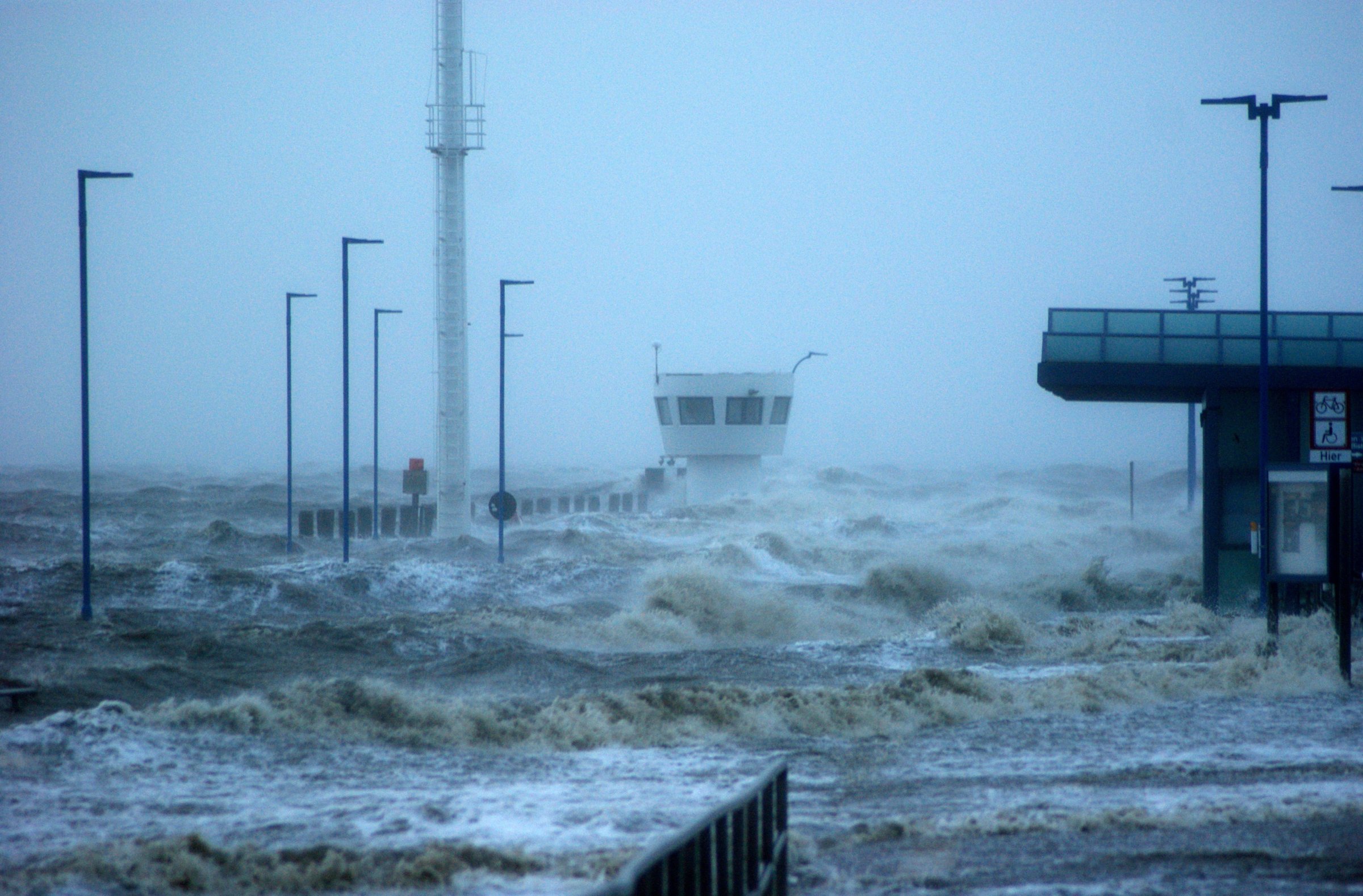
The way scientists have traditionally analyzed storm surge and heavy rainfall, the two main drivers of flooding in coastal communities, may underestimate flood risk in the United States, according to new research.
In the past, disaster experts have used analyzed storm surges and high rainfall separately to define flood zones and devise preparedness plans. The study, published in the journal Nature Climate Change, shows that this method underestimates the risk of storm surges and high rainfall occurring at the same time. The number of these so-called compound events has increased over the past 100 years, researchers found.
New York City, for instance, has experienced an increase in the number of compound events with both storm surge and high precipitation in recent years, a change researchers write can be attributed to “storm surge weather patterns that also [favor] high precipitation.” Overall, a reevaluation of potential flooding scenarios that includes the possibility of compound events more than doubled odds of flooding in the city.
“Usually it requires an extreme storm surge to cause flooding or an extreme rainfall event,” said study author Thomas Wahl, a researcher at the University of South Florida. “But the combination of two events that are not really extreme on their own may cause larger damages than one of the two events alone.”
Read More: This Factor Predicts What People Think About Climate Change
The risk of these compound events varies greatly from city to city, according to the study. Cities most prone to hurricanes and other large storms on the East and Gulf coasts are more vulnerable than their West coast counterparts, for instance.
Researchers note that while the new research looks at storm surge and precipitation, long-term sea level rise remains the biggest driver of increased flood risk. A study released last week suggests that sea levels may rise by 10 feet above current levels within the next century. The estimates, which would make places like New York City and London uninhabitable, significantly exceed those by the widely-respected Intergovernmental Panel on Climate Change and have been met with skepticism by many climate scientists.
“Continued high emissions would result in multi-meter sea level rise this century and lock in continued ice sheet disintegration such that building cities or rebuilding cities on coast lines would become foolish,” Hansen wrote in a statement accompanying his paper.
More Must-Reads from TIME
- Donald Trump Is TIME's 2024 Person of the Year
- Why We Chose Trump as Person of the Year
- Is Intermittent Fasting Good or Bad for You?
- The 100 Must-Read Books of 2024
- The 20 Best Christmas TV Episodes
- Column: If Optimism Feels Ridiculous Now, Try Hope
- The Future of Climate Action Is Trade Policy
- Merle Bombardieri Is Helping People Make the Baby Decision
Write to Justin Worland at justin.worland@time.com